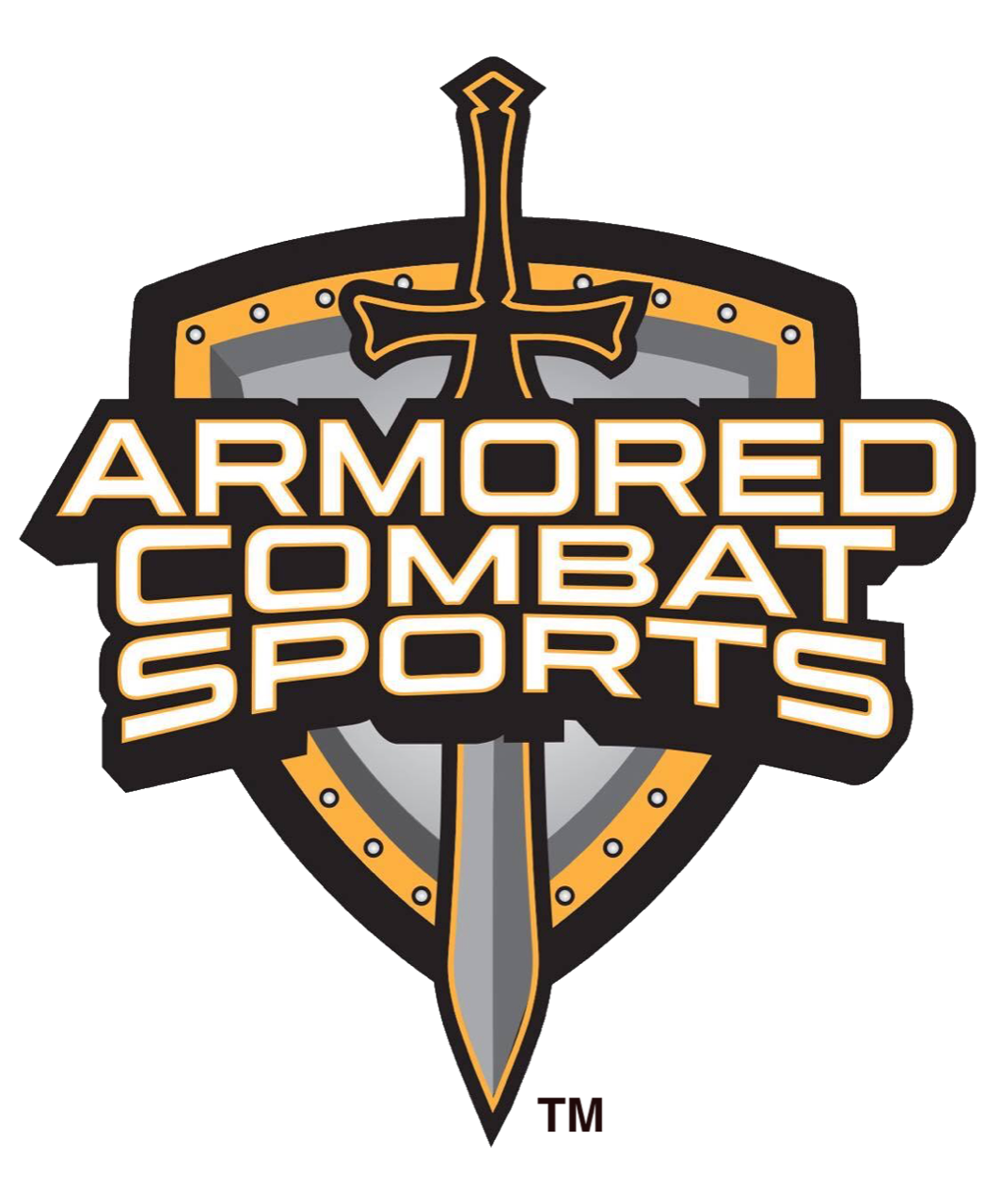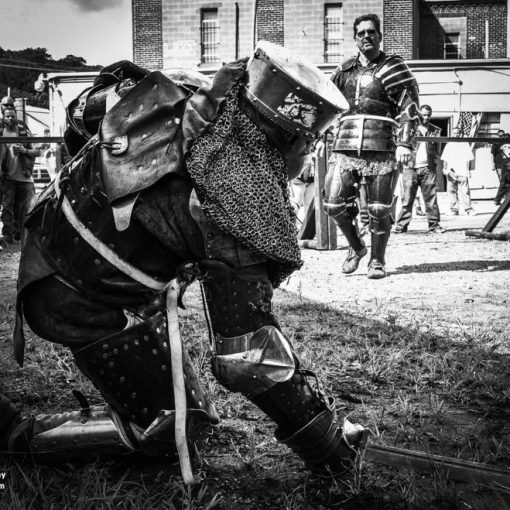By Micah Joel
There are two general requirements for a safe and protective helmet for any incarnation of medieval armored combat in the steel weapon-using leagues, commonly known as “bohurt,” “buhurt” (or some variation thereof), or simply “Steel,” or “Armored Combat” as it is generally known in the U.S. These are a quilted fabric liner of some sort, or “period liner,” as they are commonly known, and some form of modern anti-concussion foam padding. Methods and materials vary wildly for both of these layers of protection, but IMHO, both are an absolute necessity for and optimal balance of performance and safety in participation in this sport.
Period Liners.
Most import helmets come with a quilted liner these days, but if yours didn’t, hit up someone like Quilted Armor or any one of a hundred other people out there selling them. Just make sure you’re not getting one with open cell foam in the skull portion. Open cell foam is great for couch cushions, but it is totally ineffective at protecting a noggin’ from poleaxe blows (or any blows for that matter). We’ve seen it a lot lately out of Eastern Europe so be sure to thoroughly inspect any liner that was included in any helmet you purchase. A proper liner should consist of an outer shell of canvas, linen, or other sturdy fabric, and several layers of batting.
If you intend to manufacture your own liner, there are a few items to be considered: First, polyester batting, while cheap and readily available at any fabric store in the U.S., traps heat, and does not allow airflow, so I do not personally recommend it. Cotton, and other natural fiber batting does a better job of breathing. The best of these is probably bamboo batting, which possesses natural anti-microbial properties that help cut down on gambeson funk around your melon between washings. (Yes, dear disgusting, smelly fighter, you should definitely wash the damn thing occasionally You should also wash your gambeson once in a while, but that’s an argument for a different article.) Moving on…
Modern Padding.
Now that we’ve wrapped your thinkmeat’s bone bowl in snuggly quilted goodness, let’s talk about your modern foam options…
My personal go-to for primary helmet foam is Army-issue ACH Pads and Browband, which can be found at any surplus store, or at online retailers such as Amazon or eBay, or any one of a thousand others. Here are some example links:
Strapping / Chin Strap
For my chinny chin chin, I use a PASGT chin strap. These are cheap and ready to go off the shelf, and also old Army surplus items, and so can be found wherever such are sold. The are very easy to install, requiring only 2 x 3/16″ diameter solid shank rivets with SAE #8 washers. Drill holes in your helmet at a 45 degree angle back up and behind the point of your chin as it sets in your padded helm, then rivet the strap in place. It’s adjustable, it’s effective against pushing and vertical pulling, and it’s got a quick release snap to help quickly remove your helm in the event of the dreaded “helm horrors” or some medical emergency. Here is an example link.
Simon/Retention/Back/Whatever Strap
For my “Simon Strap” setup in the back (“retention belt” in the diagram), I use D-rings with tabs from Tandy Leather Crafts. A pack of these cost a few bucks, and you’ll never need to replace them if you install them properly. The tabs have one 3/16″ diameter hole, which I use a stainless rivet and SAE #8 washer to install both on the helmet and backplate of your torso armor. Then just run a small leather belt (or literally anything that will connect the two; belts are just the easiest thing to use here) between them, and you’re good to go. Whether your league requires this feature or not, it’s a good idea to have, and if you don’t want to use it when not required, you can simply pull the belt out (no tools required), toss it back in your armor bag, and rock out on the field.

Happy fighting!
P.S. FFS, if you don’t know how to properly peen a rivet, or you’re confused about pad or strap layout, PLEASE contact your local veteran fighters/armorers, or go online to ask someone in the same position from somewhere else to help you figure out the specifics.




